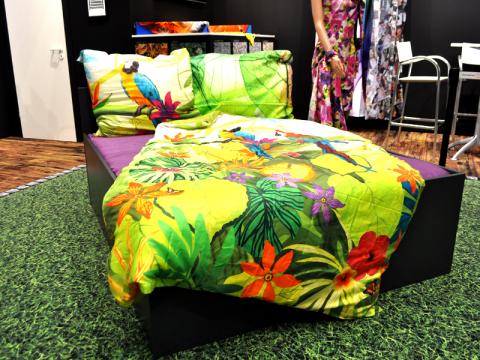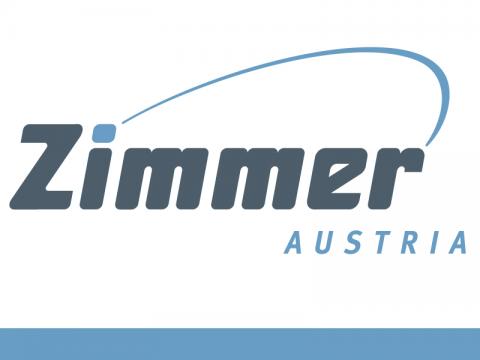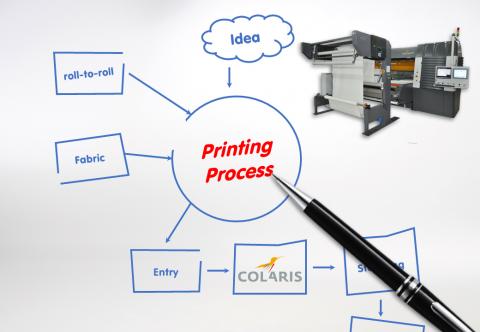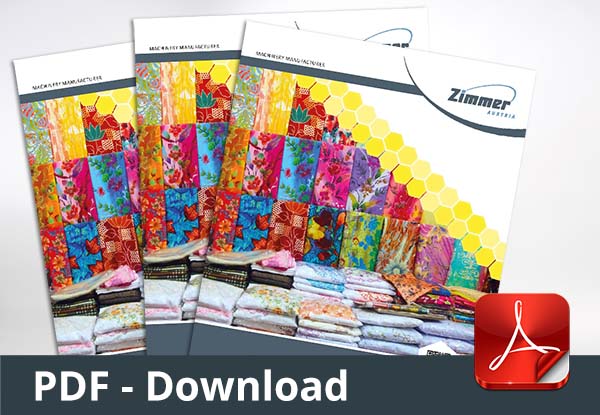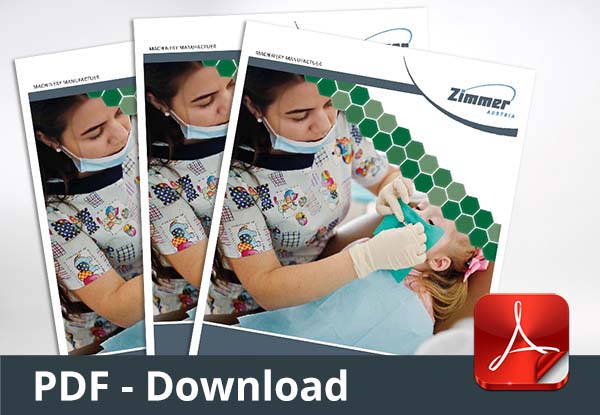Bed Sheets
Basics
- High-end bed sheet fabrics consist of 100 % Cotton or 100 % VIS (Modal) fiber.
- Bed sheet fabrics made from 100 % PES or PES Microfiber are also available.
- Low budget fabrics are made from Polycotton (Cotton/PES blend) or 100 % PES
- Bed sheet printing must produce good penetration to avoid wearing effects caused by yarn twist.
- Especially for institutional bed sets, high wash fastness incl. chlorine bleach fastness is required.
Printing methods
- Machines are available in 1,800, 2,600 or 3,200 mm working width, to cover the various bed sizes used in different markets.
- Mostly an eight-color setup is used.
- For highest productivity and most economical printing, double CMYK setup is available, which will double the print output.
Printing on cellulose fabrics
- Cellulose fiber based fabrics can be printed with Reactive, VAT dye or Pigment inks.
- Reactive prints are known for brilliant and bright print results with good washing fastness, but have a limited light fastness, especially with red shades.
- VAT dye inks have excellent light and wash fastness properties, incl. chlorine bleach. For real high-end fabrics, VAT dye inks are the best solution.
- Pigment inks are good for high light fastness, but have poor haptics and a low resistance against dry and wet rubbing.
- Widely used at public and professional institutions (hotels, hospitals, etc.).
Printing on blended fabrics
- Pigment prints are suitable for fabrics blended from cellulose with synthetic fibers; they offer good light fastness properties.
- Although the printing process is easy, costs are still high, because special post treatment is required to achieve reasonable dry and wet rubbing fastness.
- To improve the haptics, mechanical finishing is required, which adds on the processing costs.
Printing Process
Reactive printing
- Fabric pre-treatment with inkjet printer
- Design printing with COLARIS.TEXTILE PRINTER
- Offline ink fixation through steaming process
- Post-print washing to clear the fabric from unfixed dyes and pre-treatment chemicals
- Final fabric finishing according to the customer's individual needs
Disperse and direct sublimation dye printing
- Fabric pre-treatment with inkjet printer
- Design printing with COLARIS.TEXTILE PRINTER, using with direct disperse or direct sublimation inks
- Post-print drying - inline right after printing
- HT steam fixation in a loop steamer for 8 to 10 minutes
- Reductive washing and vacuum extraction for high light and rubbing fastness
Option: Inline inkjet pre-treatment applied by the CHROMOJET digital pre-coating unit
Option: SUPRAPRESS penetration support
Option: Inline fixation for about 4 minutes
Printing Lines
- For high-capacity printing output we recommend COLARIS.TEXTILE PRINTERS with FUJIFILM Dimatix StarFire™ print heads.
- The ReadyJet™ ink circulation system guarantees permanent ink availability under any working condition.
- The ink circulation system avoids the sedimentation of solid ink particles. This is important especially when printing with VAT dyes or Pigment inks.
- The COLARIS.TEXTILE PRINTER concept allows a flexible layout according to the requirements of the various ink and dye classes.
- The open ink system allows to select from several ink manufacturers available in the market.
Get more information from our PDF leaflets:
